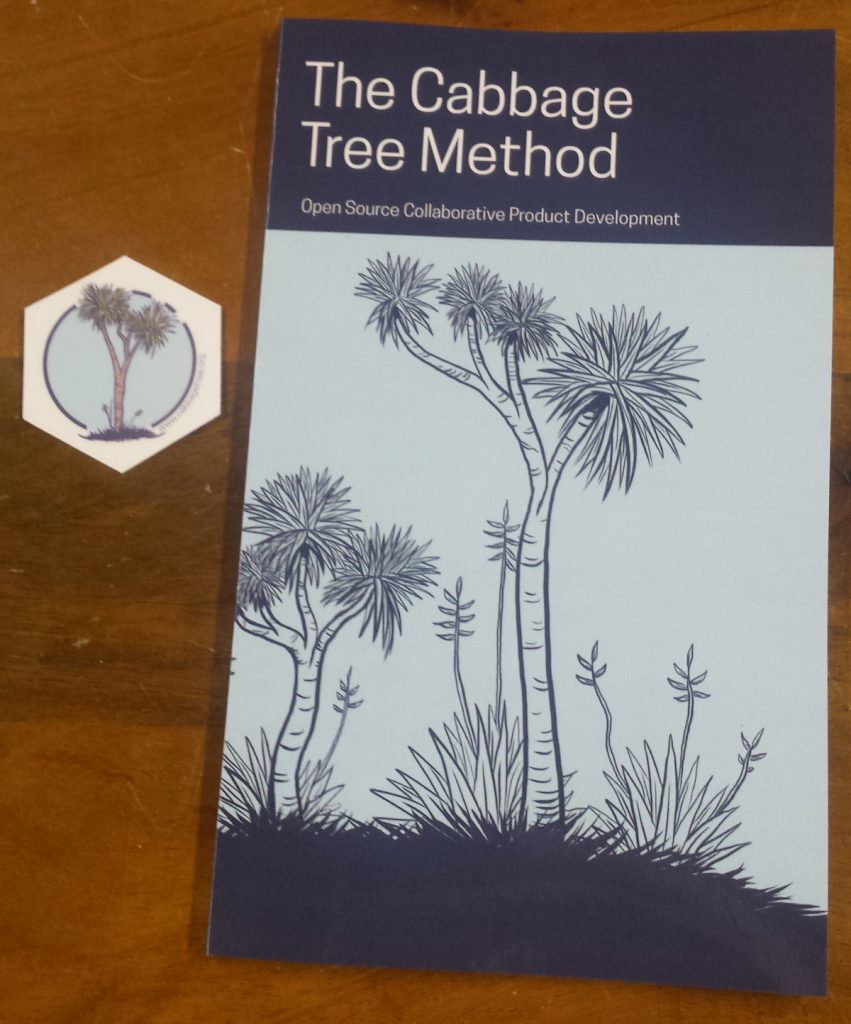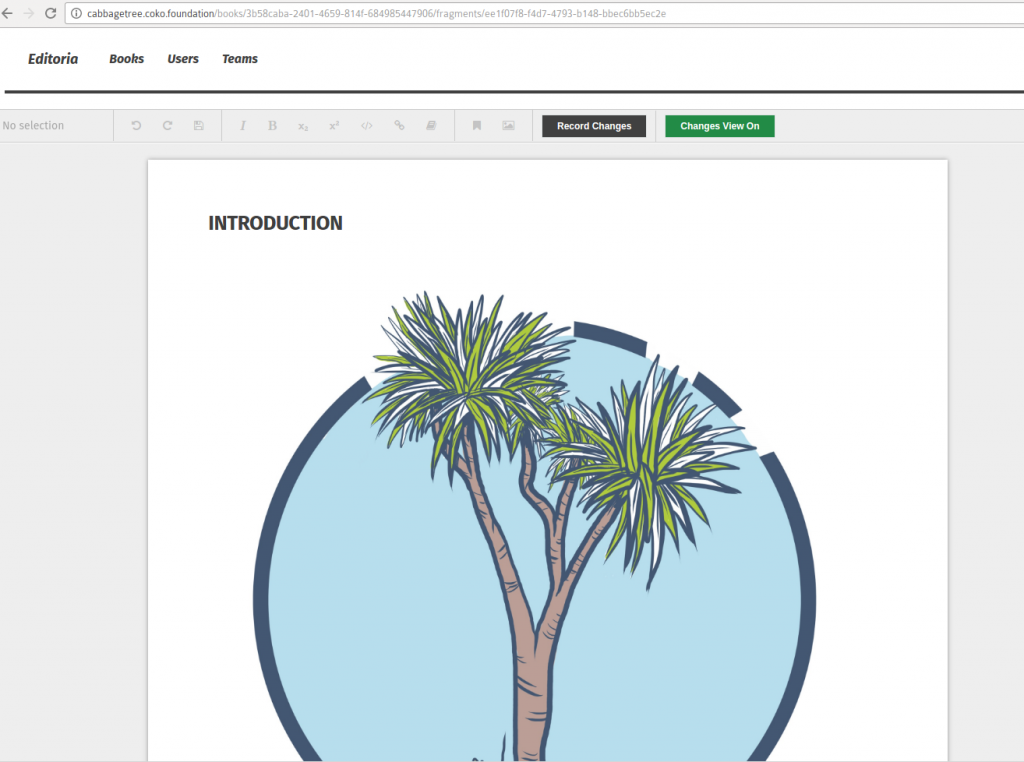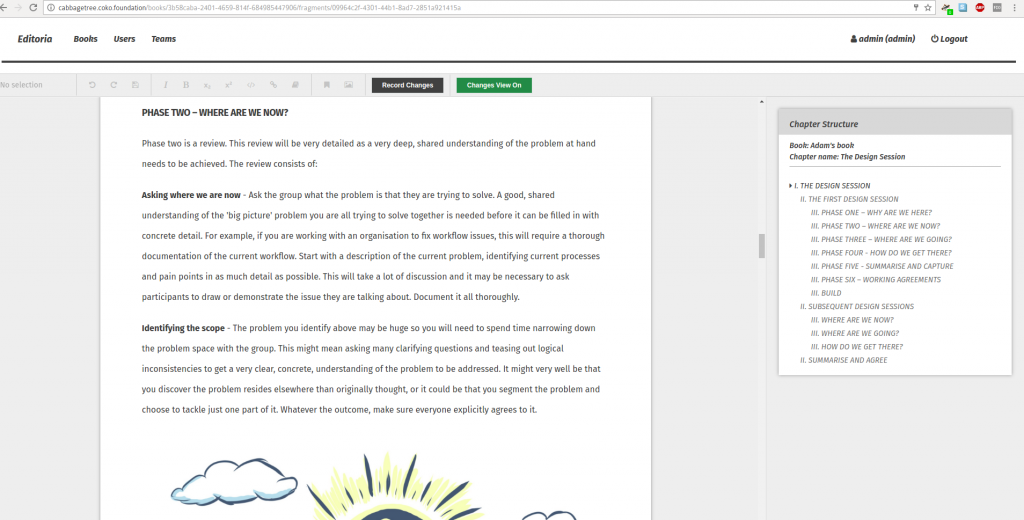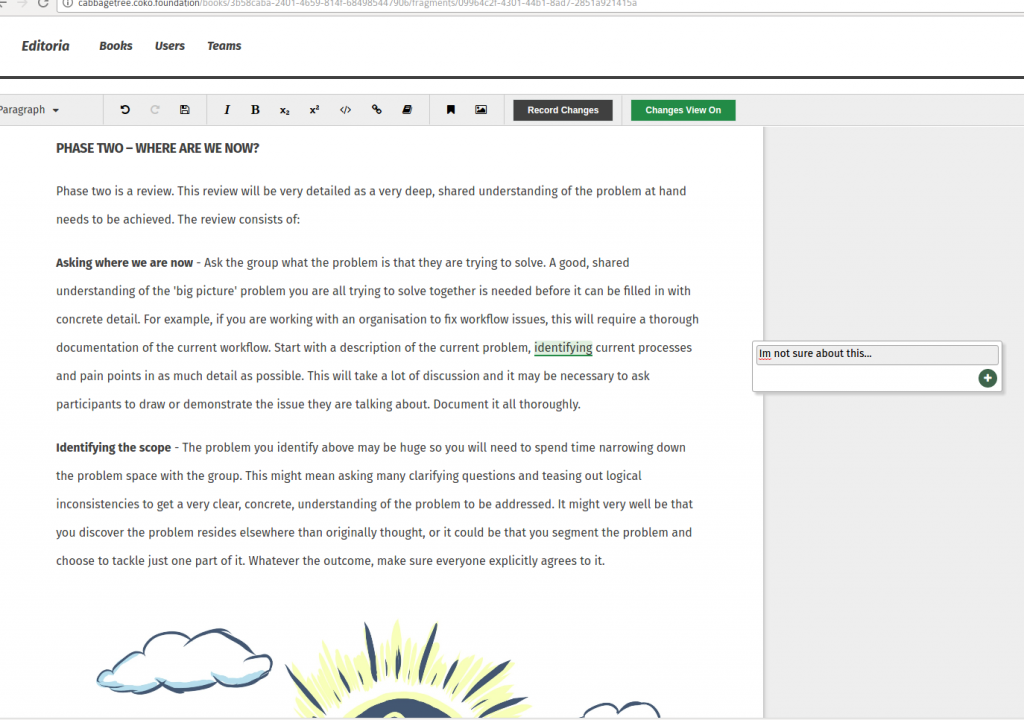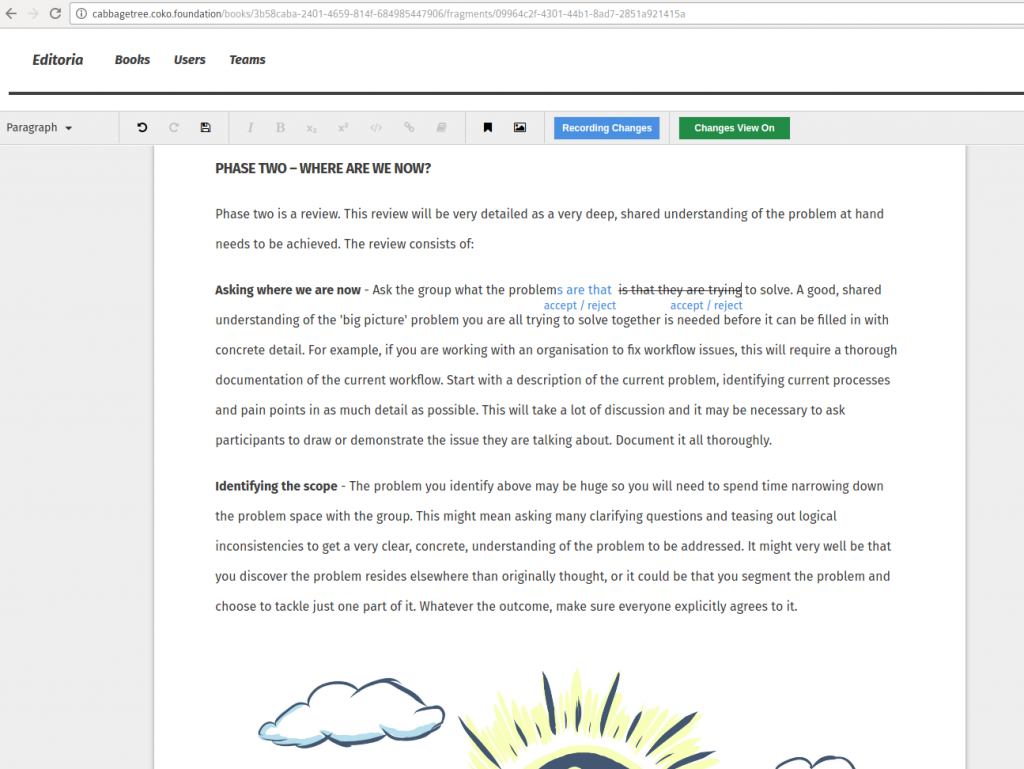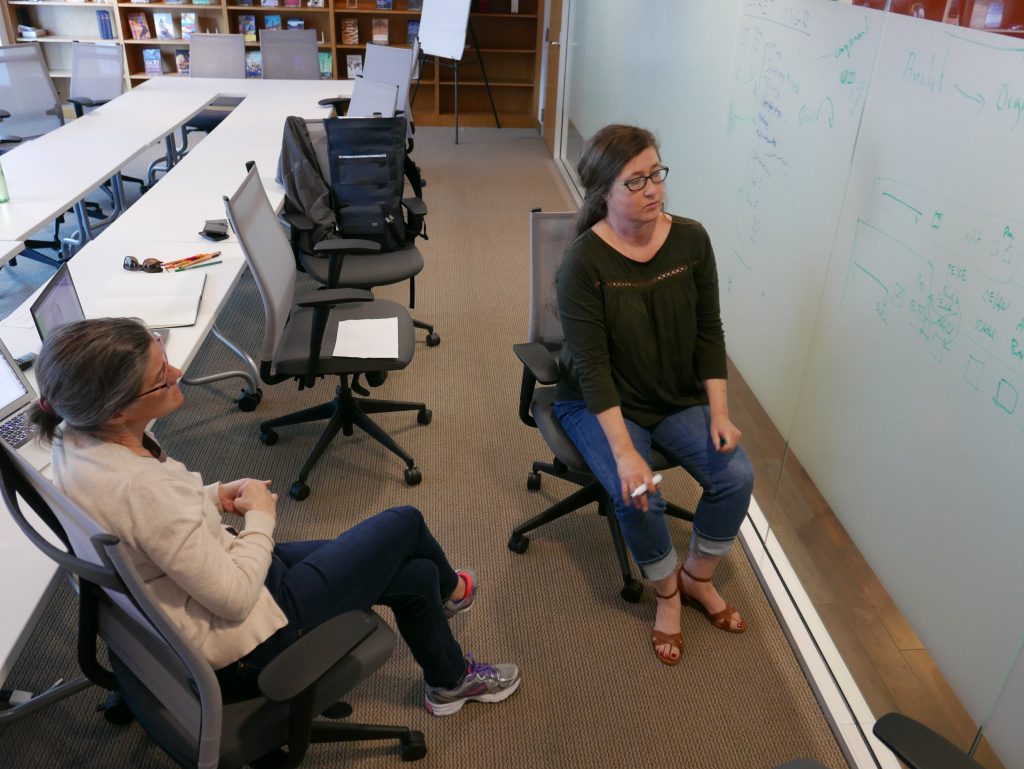Possibly a bad choice of title for a post about community models… I have been thinking about the Cabbage Tree Method book and how to improve it. My thoughts have been stimulated by being at the Open Source Leadership Summit last week where I gave out about 40 books or so and talked to many people about the ideas. I think I have two takeaways from doing this.
First, I should get rid of the critique of open source. The open source community is, rightly, proud of what it has achieved against enormous odds. Additionally, many people have given this community their all to improve the greater good. So a critique of open source comes across as a critique of them and it falls on cold ears. While I stand by the critique at the beginning of the book I think I need to make the content more palatable to this community and frame the Cabbage Tree Method not as a reaction to a weakness in open source, but as adding to something already successful.
Second, when I talked to people about how open source solves problems and then discuss why this has not worked for user-facing products (covered in the ‘Thoughts about open source’ chapter) people do get it and generally agree. However, I don’t think I have this argument down smooth enough. This prompts me to perhaps consider removing the chapter on open source at the beginning and write another about solutions models – explaining (what I call) the developer-centric solution model, from the user-centric solution model. If I can frame this right I think it will help people in the midst of it all see the forest, whereas right now all they can see is trees.
There is a third issue that I haven’t yet resolved. If I talk about developer-centric or user-centric models I am making the models about people ie. developers and users. I’m wondering if this is too confronting. I could use the terms (for example) code-centric and product-centric….I’m not sure about this though. It feels like it weakens idea. If you have any thoughts on this I’d appreciate hearing from you.
